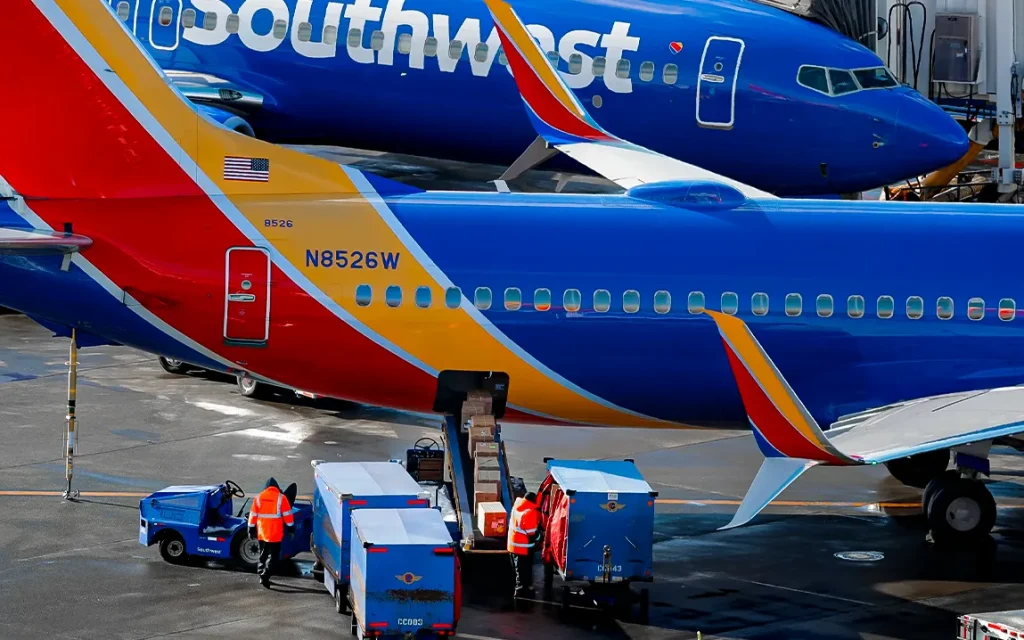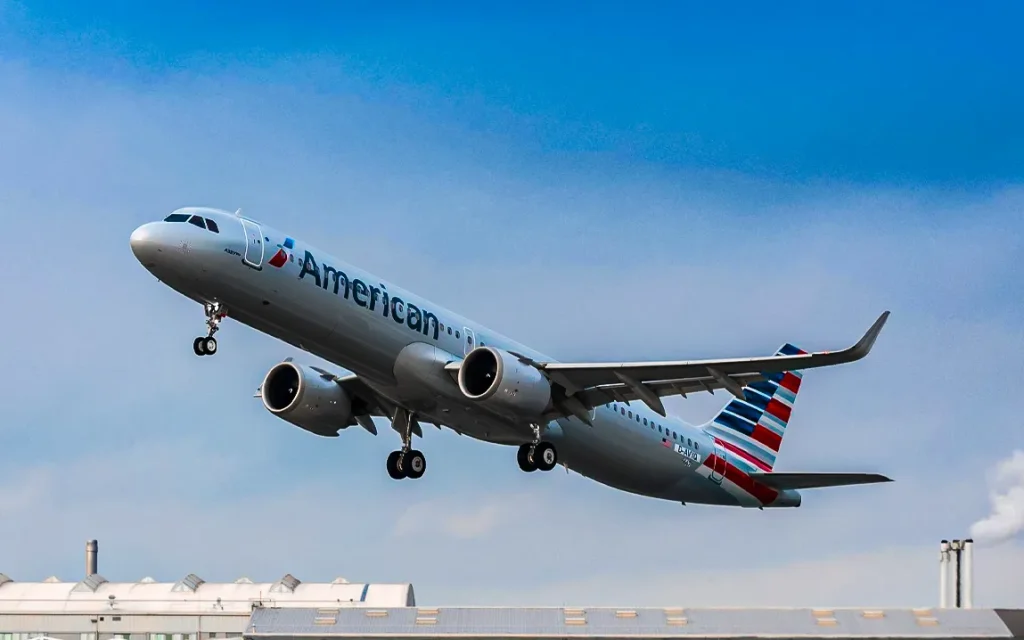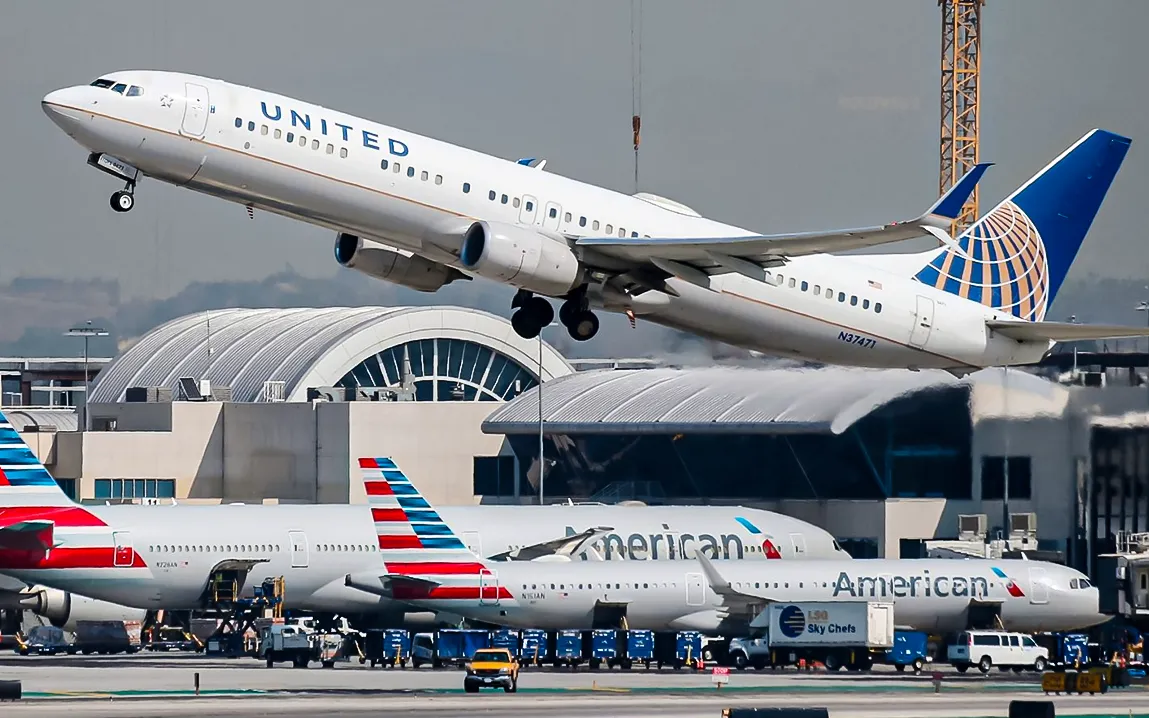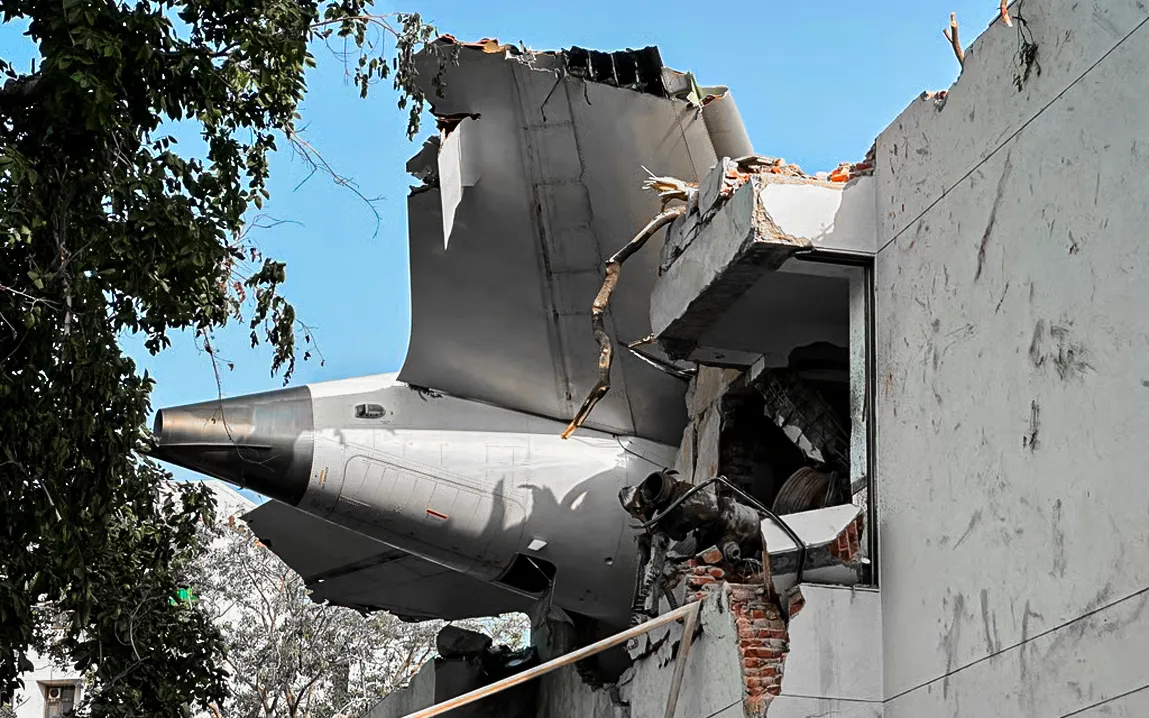Regional airlines, often flying smaller planes over short distances, have become an essential part of the aviation industry. They connect smaller cities to major hubs, providing a vital link for both business and leisure travelers. However, these airlines are now facing increasing scrutiny, with many questioning their safety, efficiency, and sustainability.

The Importance of Regional Airlines
Regional airlines play a significant role in air travel. They help routes that would probably be dead without them and have no direct connections with other air travel routes. It covers niche routes that most of the time operate within regions that are too small for larger aircraft.
The planes are often painted to match the colors of major airlines and carry names like American Eagle, Delta Connection, or United Express. These flights are run by separate companies that are either owned by the main airline or hired to operate for them.
Major Regional Partnerships of U.S. Airlines:
- American Airlines—American Eagle (operated by various regional carriers such as Envoy Air, Piedmont Airlines, and PSA Airlines).
- Delta Air Lines—Delta Connection (operated by regional airlines like Endeavor Air, Compass Airlines, and SkyWest Airlines).
- United Airlines—United Express (operated by regional carriers such as Republic Airways, SkyWest Airlines, and GoJet Airlines).
These partnerships allow larger carriers to expand their route networks without having to operate all flights themselves, using regional carriers for smaller, regional routes.
Are regional airlines reliable and safe?

A major issue associated with regional airlines is safety. Most of the regional carriers stick to a long list of safety rules and regulations, yet some events in the past have created a panic concerning accidents involving smaller aircraft. Bad weather conditions mostly affect smaller-sized airplanes while these airplanes are a bit difficult to control on their slender sizes.
Some regional airlines also hire pilots who may not go through the same training or receive the same experience as those at major airlines, raising doubts about pilot training and preparation during emergencies.
Financial Trouble in Regional Airlines
Several regional airline companies have faced challenges keeping themselves profitable because of these economic difficulties:
- ExpressJet Airlines: The airline operated as a partner for both Delta and United before it ceased operations in August 2022. Financial difficulties due to the COVID-19 pandemic caused the permanent closure of the airline.
- Silver Airways: Silver Airways became bankrupt at the end of 2024 and terminated all Orlando International Airport departures in March 2025. The financial inadequacy of Silver Airways led to an unexpected shutdown of its operations.
- Ravn Alaska: Ravn Alaska was declared bankrupt when travel demand collapsed in April 2020. Since resuming limited flight operations during the same year, it battled financial difficulties persisting until recent employee job cuts began in early 2024, thus demonstrating ongoing problems in regional airlines.
The Strain of Pilot Shortages
The lack of pilots stands in the way of regional airlines. The industry has sustained heavy losses over the last few years because of pilots retiring or just not wishing to continue flying. Regional carriers have thus suffered to such an extent that either their schedules cannot be maintained or they have inadequate manpower against the total number of aircraft they have.
Most of the pilots are choosing to fly for big airlines, as they provide better packages and growth opportunities. That is where the problem lies for regional airlines, as most of the time they have no other option but to hire a less competent pilot or cut down the fleets.
The Environmental Impact of Smaller Planes
Smaller planes used by regional airlines produce higher carbon emissions per passenger. Thus making them less environmentally friendly compared to larger ones.
- Increased Pressure for Sustainability: Sustainability demands continue to rise since the world focuses more on carbon emission reduction, which forces regional airlines to update their fleet with sustainable methods.
- Lower Fuel Efficiency: Small planes, which regional airlines operate, have less fuel efficiency compared to larger commercial planes belonging to major carriers. This results in higher carbon emissions per passenger.
- Environmental Concerns: The high carbon emissions levels from relatively small planes create substantial environmental issues given our current climate situation.
- Growing Pressure from Consumers and Regulators: Both passenger travelers and regulatory authorities demand that airlines diminish their environmental impact through increased scrutiny.
- Shift Toward Sustainable Alternatives: The aviation industry is beginning to explore more sustainable options, like electric aircraft, although the widespread adoption of these technologies by regional airlines may take time.
What Lies Ahead for Regional Airlines?
Regional airlines are finding themselves in distress, but they will not fade away completely. For instance, one of these is Skywest Airlines, connecting cities with remote towns directly to a big extent with large hubs. SkyWest operates more than 2,000 flights a day with big names such as Delta or United, trying to keep as many passengers traveling as possible.
This is one of the ways in which regional airlines can improve their standings concerning trends in the airline industry. A clear example of this case is Envoy Air, a subsidiary of American Airlines. Despite all external challenges, such as pressure from the pandemic and economic difficulties, Envoy still remains relevant in American Airlines’ regional structure.
Republic Airways has been putting out all industry relations with major carriers such as American Airlines and Delta to ensure smooth operations and compliance with requirements. Such partnership investments will allow regional airlines to face and withstand the current challenges and stay part of the aviation industry in the future.
Final Thoughts
In the long run, regional airlines will have to consider alternative business models, including concentrating more on high-demand routes or collaborating with new technologies to lower costs. This will involve substantial investment and collaboration with major carriers and regulatory bodies to make sure that these airlines can keep flying safely and efficiently.



